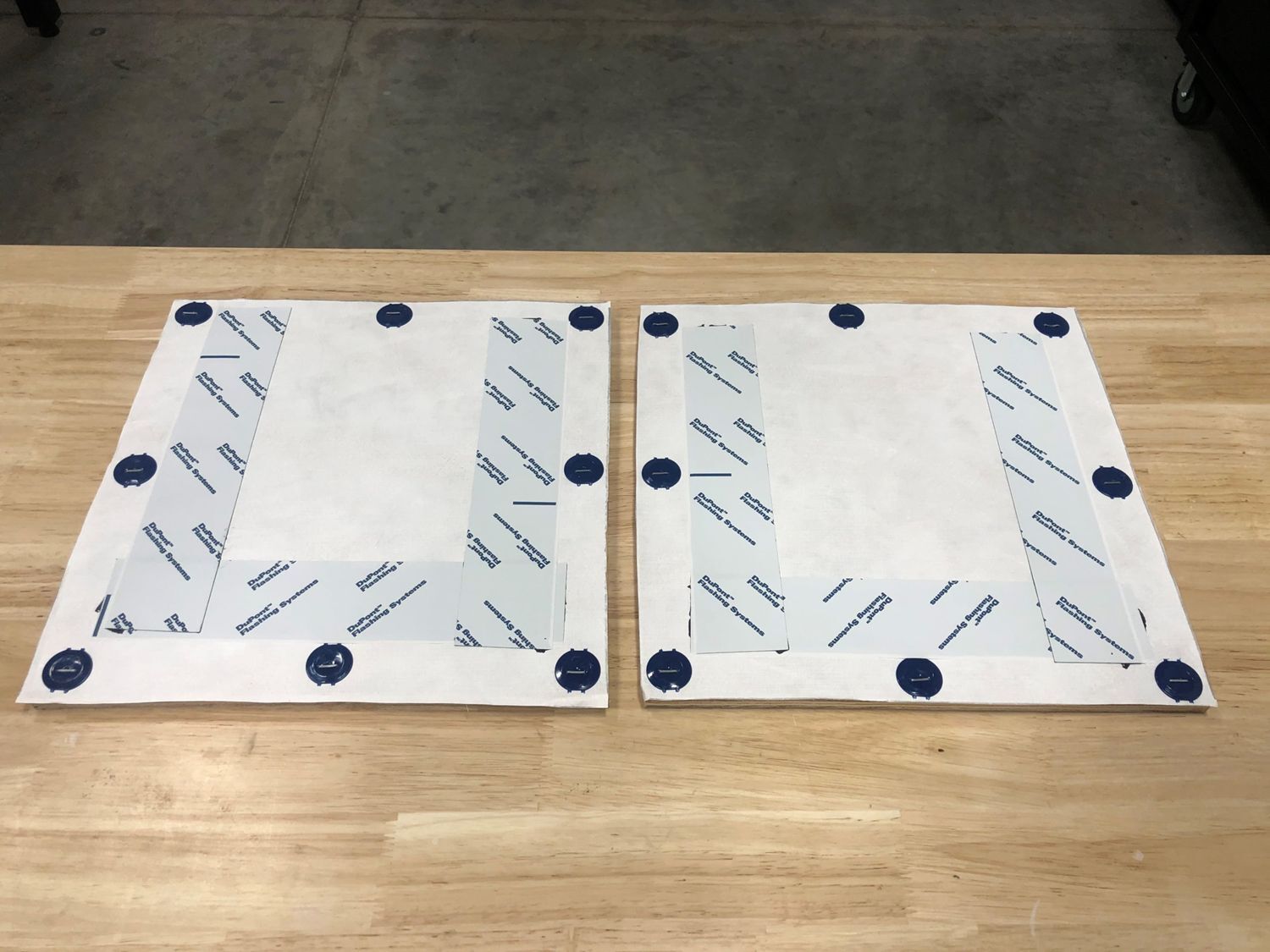Tags: #architecture #buildingdesign #buildingenclosures #buildingenvelopes #buildingmaterials #buildingproducts #buildingscience #facecolumn #flashings #materialsscience #roguetesting #tyvek #waterresistance




Improving the efficacy of flashing systems with a critical eye towards the microscale.
Optimization of flashing components – materials, their configurations, and paired WRBs – is critical in achieving expected performance over time and changing conditions. Adhered flashing systems illustrate this need perfectly as they are prone to failure due to aberrations at the microscopic level or even macroscopic adhesion failures in response to water and time. Obviously the root cause may relate to materials, user error, or both.
Here, I’m employing a face column to assess a scaled-down version of window head flashing. The face column offers all the essential elements to evaluate how these components perform when brought together with water. Moreover, we can evaluate these effects under any hydrostatic pressure or even a combination of hydrostatic and differential pressure.
In future posts, I’ll be discussing the important role of the microscale, those features that are generally <1 mm. Such flaws are not seen but are still there. Fortunately they can be addressed through improved materials and redundant safeguards – just as we do at the macroscale.